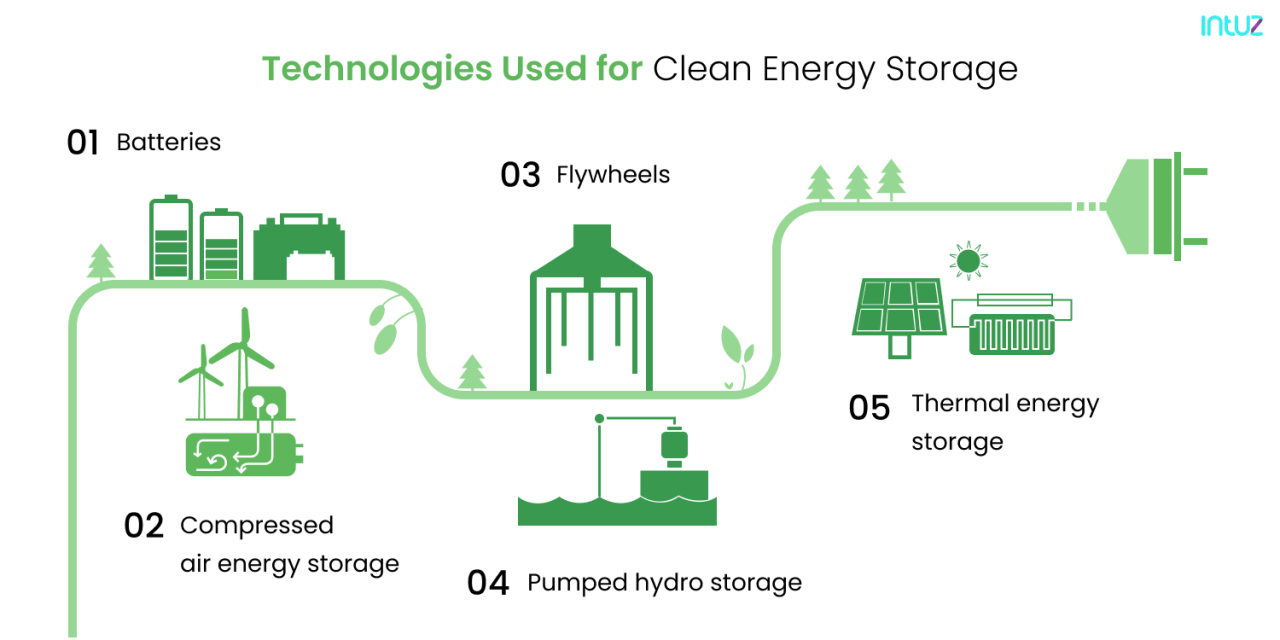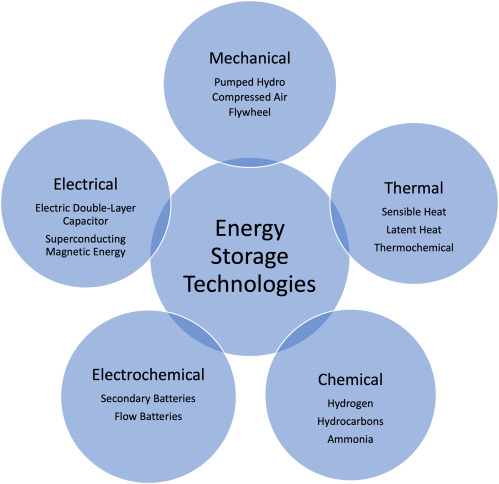New energy storage, energy "porter" around
New energy storage technologies can be seen as energy "movers" at hand, and they can help manage the difference between energy supply and demand in time and space.
Traditional energy systems often fail to meet the need for energy flexibility, especially in the context of renewables and electrification. New energy storage technologies can solve this problem by balancing and optimizing energy supply and demand by storing energy and releasing it when needed.

The specific applications of some new energy storage technologies in energy management are as follows:
Smoothing renewable energy volatility: The volatility of renewable energy, such as wind and solar, is a challenge because the supply of energy can be volatile with changing weather conditions. Energy storage technology can store excess renewable energy and release it when needed to smooth the energy supply and ensure the stable operation of the grid.
Load balancing and peak curtailment: Energy demand usually varies during different periods of the day, especially during peak hours. Energy storage technologies can store energy during low load hours and release it during high load hours to balance load demand, reduce pressure on the grid, and avoid peak loads.
Emergency backup power: Energy storage technology can be used as emergency backup power to provide reliable power supply in case of power failure or emergency. This is particularly important for places such as critical facilities, healthcare institutions and emergency services.

Charging infrastructure for electric mobility: With the popularity of electric vehicles, the need for charging infrastructure is increasing. Energy storage technology can be used in electric vehicle charging stations to balance the grid load, provide efficient charging services, and reduce the impact on the grid.
Through these applications, new energy storage technologies can improve energy efficiency, reduce energy waste, and promote the sustainable development of energy systems. As technology advances and costs fall, new energy storage technologies will play an increasingly important role in the future and become a key supporter of the energy transition.




